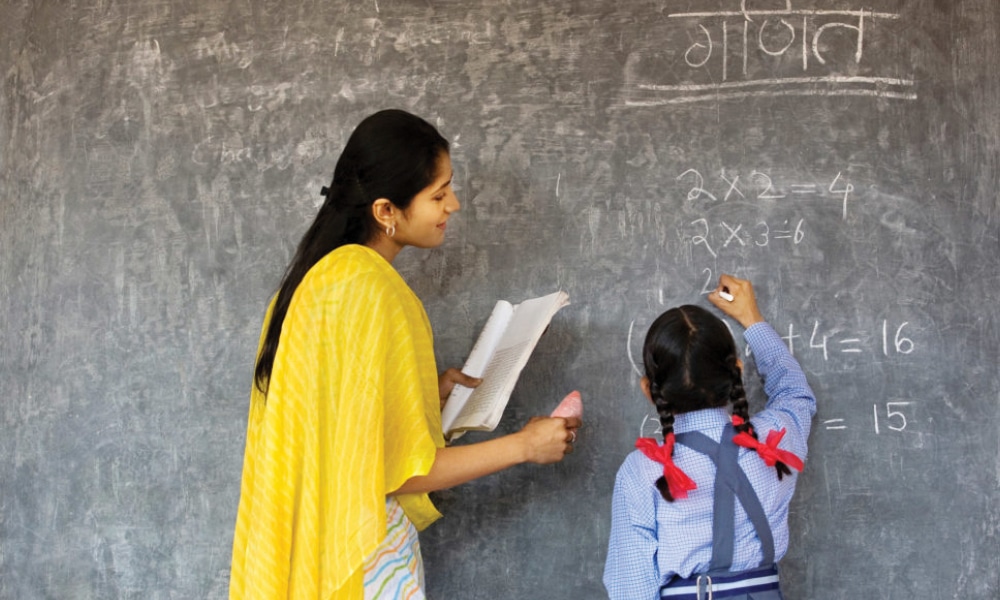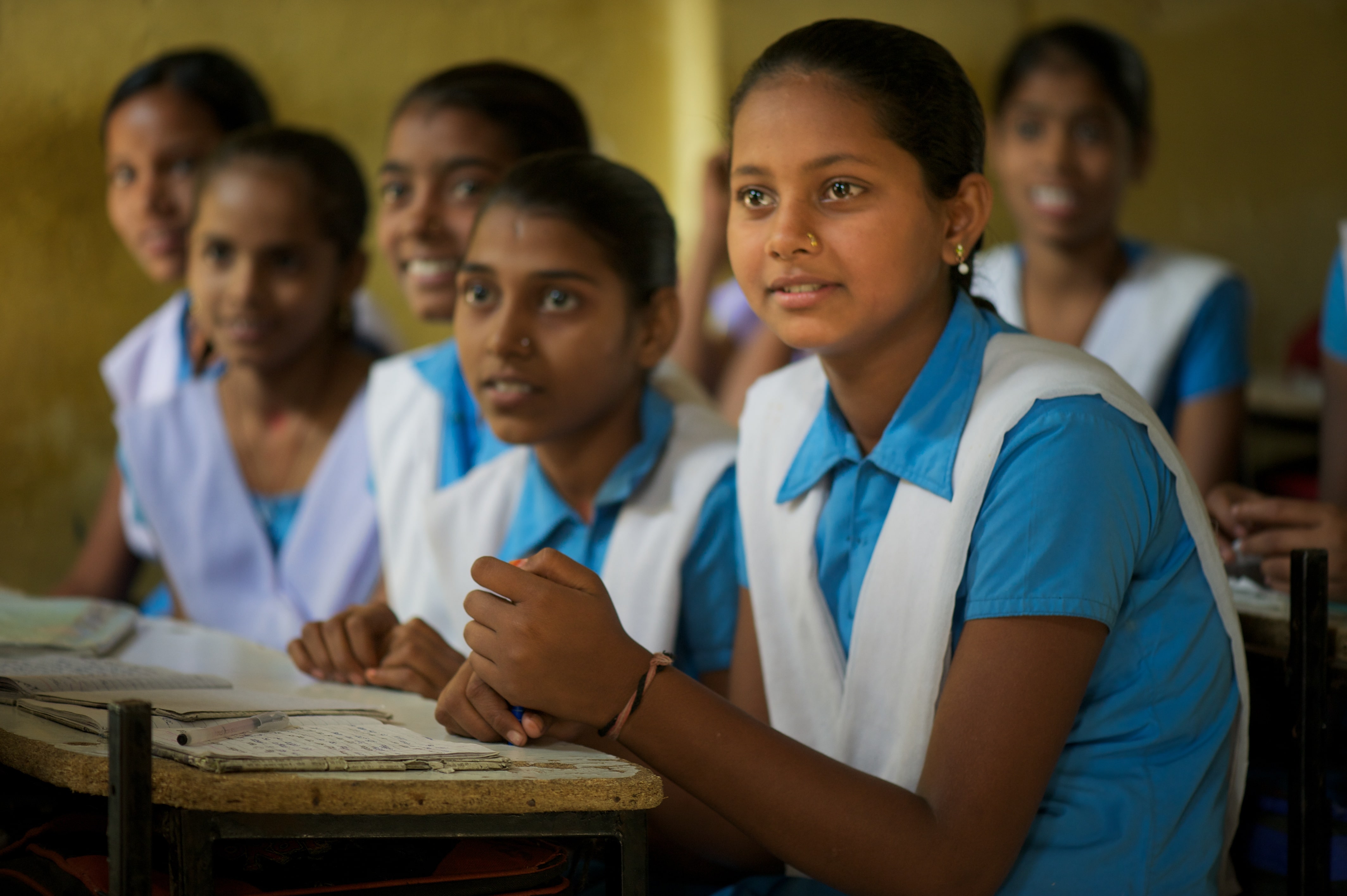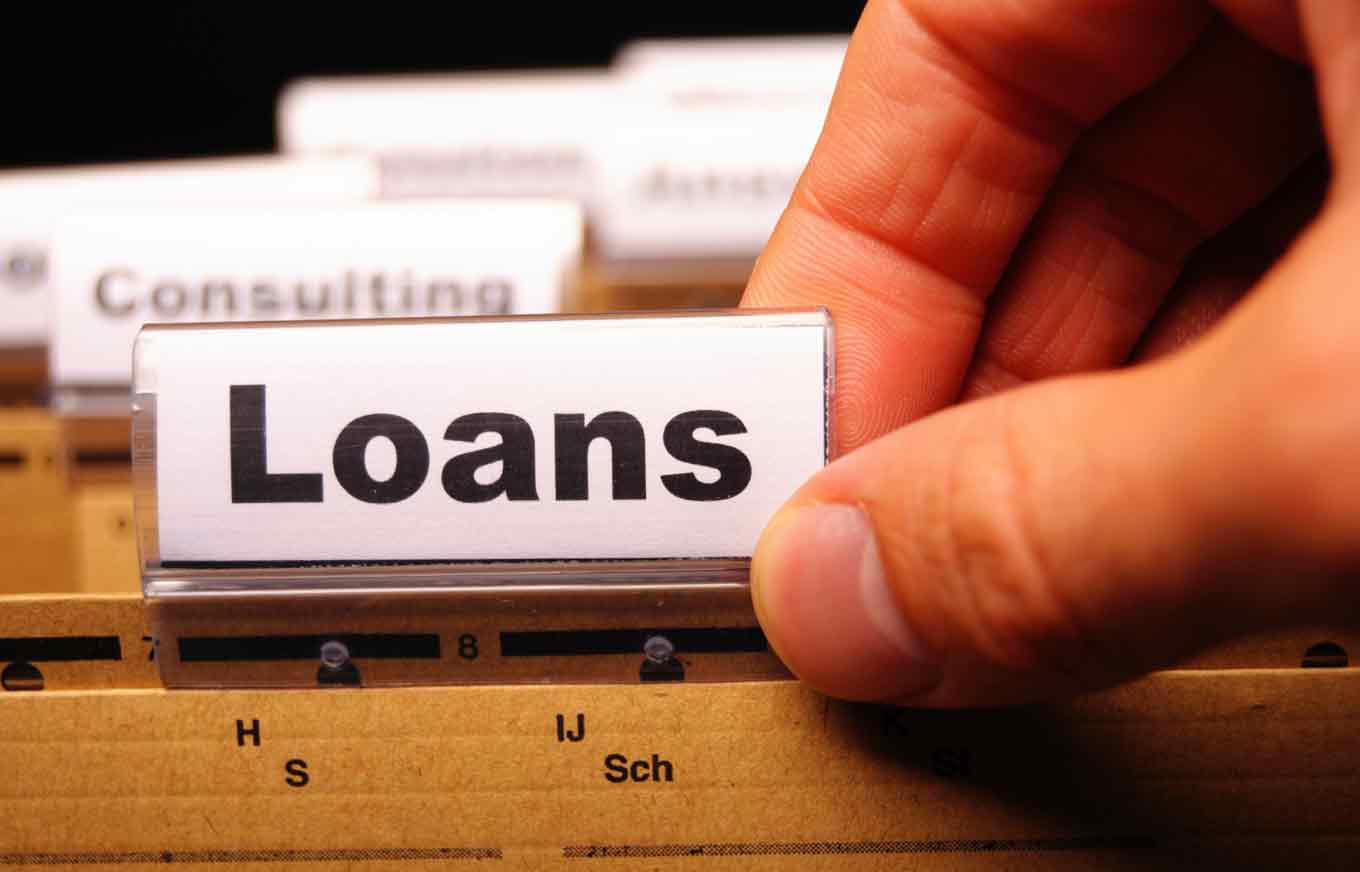Every year the Union Budget creates lot of eagerness in the mind of every Indian as regards the Government's plans for different sectors. The Education sector also hopes to get its due share in the Union budget every year. Though the Government expenditure – both, state and central combined – on education has grown over the years, from about Rs.97,375 cr in 2004-05 to Rs.1,89,325 cr in 2008-09, (according to data estimates by the Center for Budget and Governance Accountability) – this cannot be considered enough if we look at the actual requirements and needs of the sector. As a share of total government expenditure, the spending on education is stagnating at about 11.6%, while as a share of GDP it has increased only marginally from 3.01% in 2004-05 to 3.4% in 2009-10. The National Knowledge Commission (NKC) in its report on Higher Education has said “The present support for higher education, at 0.7 per cent of GDP, is simply not adequate. In fact, over the past decade, in real terms, there has been a significant decline in the resources allocated for higher education, in the aggregate as also per student. In an ideal world, government support for higher education should be at least 1.5 per cent, if not 2 per cent of GDP, from a total of 6 per cent of GDP for education. This is easier said than done. But the government should endeavor to reach these levels by 2012. Even this magnitude of state financing, however, would not suffice for the massive expansion in higher education that is an imperative.” The recent report of the District Information System for Education (DISE) says that 29% of elementary schools did not have a pucca building in 2009-10, up from 27% in 2007-08. Over 49% schools do not have boundary walls, only a slight improvement over two years when the proportion was 50%. Girls have a separate toilet in only 59% of schools, again only slightly better than 50% in 2007-8. Desperate parents are shifting their kids to private schools where enrollment is up from about 20% in 2007 to 24% in 2010. The number of Class 8 students taking private tuitions is also up from about 22% in 2007 to 31% in 2010. Most alarming is the fact pointed out in the DISE report that net enrollment ratio dropped from about 98% in Class 5 to 58% in Class 8. We have been talking of making India – knowledge capital of the world but is the government doing enough to provide good quality education? Budget speeches and political propaganda gives an impression that the government has increased spending on education in the past few years and the Right to Education Act (RTEA) is propelling an education revolution. But the reality appears to be different. A meeting of state education secretaries in January last year had estimated that Rs 1.82 lakh crore will be needed to ensure that every child between 6 to 14 years gets good education, as per the RTEA act. This was to be given to the states over 5 years starting 2010. Let's not forget – our first generation scientists, scholars, teachers, leaders – all came from the village schooling system. If we want to see the country progressing in all areas – we must first improve our education system with the due budgetary support from the government.




















